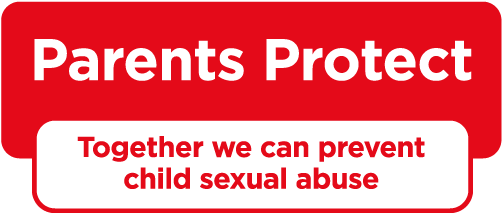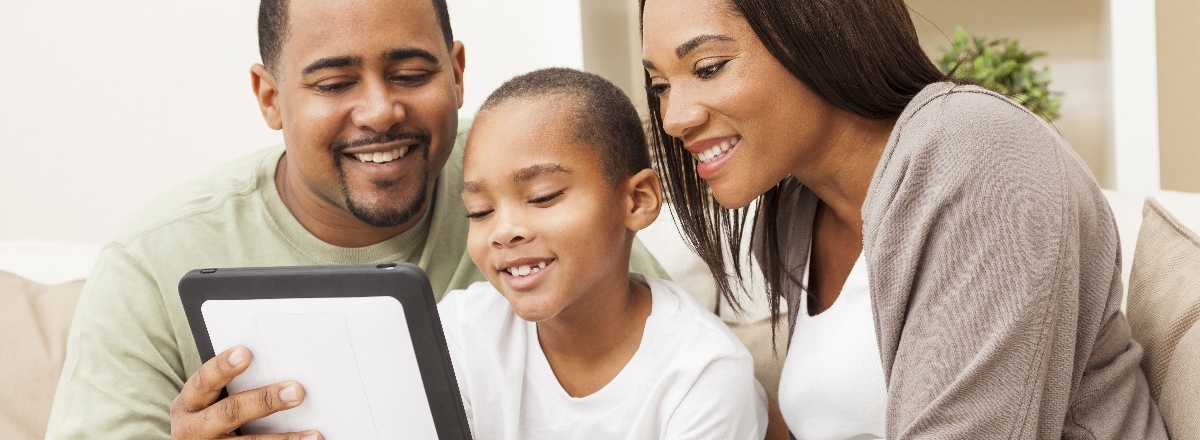What is pornography?
Pornography includes videos, pictures and stories that are intended to cause sexual excitement. It might show sexual activity or describe someone’s body in a sexual way. Pornographic material can be found online or offline and includes cartoons and animations.
Why do young people watch pornography?
Lots of young people have seen pornography - almost half of 16 to 17-year-olds said that they had recently seen pornography when asked by one study. Young people might search for it themselves online, find it by accident, or be shown it by someone else.
Some reasons why young people might look for pornography include:
- curiosity
- their friends are watching it
- finding it accidentally
- boredom
- to learn about sex
- to explore their own sexual feelings
- to push boundaries
Lots of young people use pornography to learn more about sex. They might do this because it’s easy to find, free, less embarrassing than talking to parents or other adults, and because it’s what their friends do.
Some young people think viewing pornography is just a normal part of growing up. But they need to know that pornography often does not show realistic sex, relationships or bodies. Somehow, we need to help them understand that people in pornography – often actors - might look or behave differently from people in real life.
Young people also need to be aware of the law, what is and is not legal to watch and share, and what they can do if they see or hear something that worries them.
What’s the impact of watching pornography?
In one survey, young people said that they felt curious (41%), shocked (27%) or confused (24%) when they saw pornography for the first time.
Pornography is not a good teacher about relationships and sex. Viewing it can impact what and how young people and children come to think about relationships and sex and also their understanding of what sexual partners might expect of them in the future. Things that are sometimes shown in pornography can be very dangerous, such as strangulation.
- Around 75% of young people said that porn doesn’t teach them anything about safe sex or positive relationships.
- When asked, more than 87% of boys and 77% of girls said that they ‘felt pornography failed to help them understand consent.’
Watching pornography can reinforce unhelpful gender stereotypes, confuse or ignore crucial understanding about consent and respect, and make young people feel dissatisfied with their bodies. It’s important for parents and carers to explain to their children, at the appropriate time and in age-appropriate ways, what makes sexual relationships positive and safe. This can help children and young people to spot and reject unhelpful messages and ideas that pornography shows.
Pornography can be harmful for children and young people in a number of ways, including that they might:
- find sexual material that is inappropriate for their age or stage of development
- develop unrealistic expectations of sexual relationships
- feel distressed and confused by the different types of pornography available online and offline
- develop a tolerance to increasingly explicit or aggressive sexual imagery.
What to do if you think your child is watching pornography
It can be a shock to find out that your child has been watching pornography, but it is not unusual, especially for teens.
It’s important to talk to them openly about what they might have seen and make sure they understand some of the risks, but also your concerns as well as the law. Ask them to think about why they are looking at pornography in the first place and explore with them any worries or questions they may have about what they have seen.
If you’re not sure how to start the conversation, these tips might help.
- These conversations can be embarrassing for everybody, so find a time when you can chat privately and avoid saying things that can make your child feel ashamed.
- Talk to your child about how they feel about what they have seen, how else they might be able to satisfy their curiosity or needs, how they might know if watching pornography was causing problems for them and, if so, how to get any help they might need.
- Some young people look at pornography to learn about sex because it is so easily accessible. Encourage them to find information elsewhere, including websites like Brook.
- If they keep looking at pornography, encourage them to be careful about what websites they visit, try to minimise the amount of time they spend and help them avoid inappropriate search terms, like ‘teen sex’ which could lead them to more risky parts of the internet where they might be exposed to illegal material.
- You don’t need to try and solve everything by yourself. Help your child to identify other trusted adults they might also feel comfortable going to for advice.
Laws parents and young people need to know
There are many laws designed to protect under-18s from being exposed to pornographic material. This is easier to do with magazines and DVDs than with online pornography. Some websites need age verification before allowing access, but this is not the case with most sites.
It is illegal for anyone:
- to have, create or share sexual images of under-18s, including cartoons, computer-generated drawings and real-life photographs or videos. This is still the case if the picture or video is taken by the child or young person themselves, even if they think they have consented
- to have, create or share images of extreme violence, rape, necrophilia (sex with corpses) or bestiality (sex with animals)
- for an adult to show someone under 16 a sexual image or video for their own sexual satisfaction
- to take intimate or sexual pictures or videos of someone else without them knowing
- to share sexual images or videos of someone else without their consent (this is sometimes called ‘revenge porn’).
If your child sees something illegal online, you should help them to report it. Anyone can anonymously report illegal online content to Crimestoppers or the Internet Watch Foundation.
How might you know if your child’s viewing of pornography has become a problem?
For some young people, their pornography use can become particularly problematic. Due to the impact on hormones and the brain, some young people can also find it difficult to stop or reduce the time spent looking at pornography, even when they might want to.
It’s important to recognise warning signs in children and young people that their pornography viewing has become particularly harmful for them. These signs can include:
- choosing pornography over seeing people or doing other things they enjoy
- feeling tempted to view increasingly extreme or illegal material
- pain when they masturbate
- relying on pornography to feel aroused
- getting angry when they can’t watch pornography
- needing to watch pornography to feel better or calm down
- others saying they are worried.
If you’re worried your child has a problem with pornography, it’s important to come up with a plan together to help them.
Here are some important questions to ask when creating the plan.
- What are you worried about and why?
- What might help you look at pornography less often or not at all?
- What can you do instead when you are tempted to look at pornography?
- What can I do to better monitor what you are looking at online?
- What technical filters and parental controls could we use?
- How can I help you? Who else might be able to help?
Where to get help
Our confidential child sexual abuse prevention helpline (0808 1000 900) is available for anyone with concerns about child sexual abuse. Callers do not need to give identifying information, so can remain anonymous.
As well as our confidential helpline, you can get support from our experienced advisors through our live chat and secure messaging service.
Thinkuknow has advice and information for children and young people on how to stay safe online.
The Reward Foundation are a relationship and sexual education charity, specialising in sharing information on pornography use for young people and parents.
Kooth is an online support community that helps young people with any emotional problems they might be experiencing.
Childline is a safe space for children and young people to talk about any emotional difficulties they are experiencing and provides resources to help develop coping strategies.
Brook are committed to changing attitudes, challenging prejudices and opening up conversations about sex and relationships so that young people can lead happy and healthy lives.
Internet Matters has vital information for children and parents on how to stay safe on the internet and also what to do if something upsetting or distressing happens.

